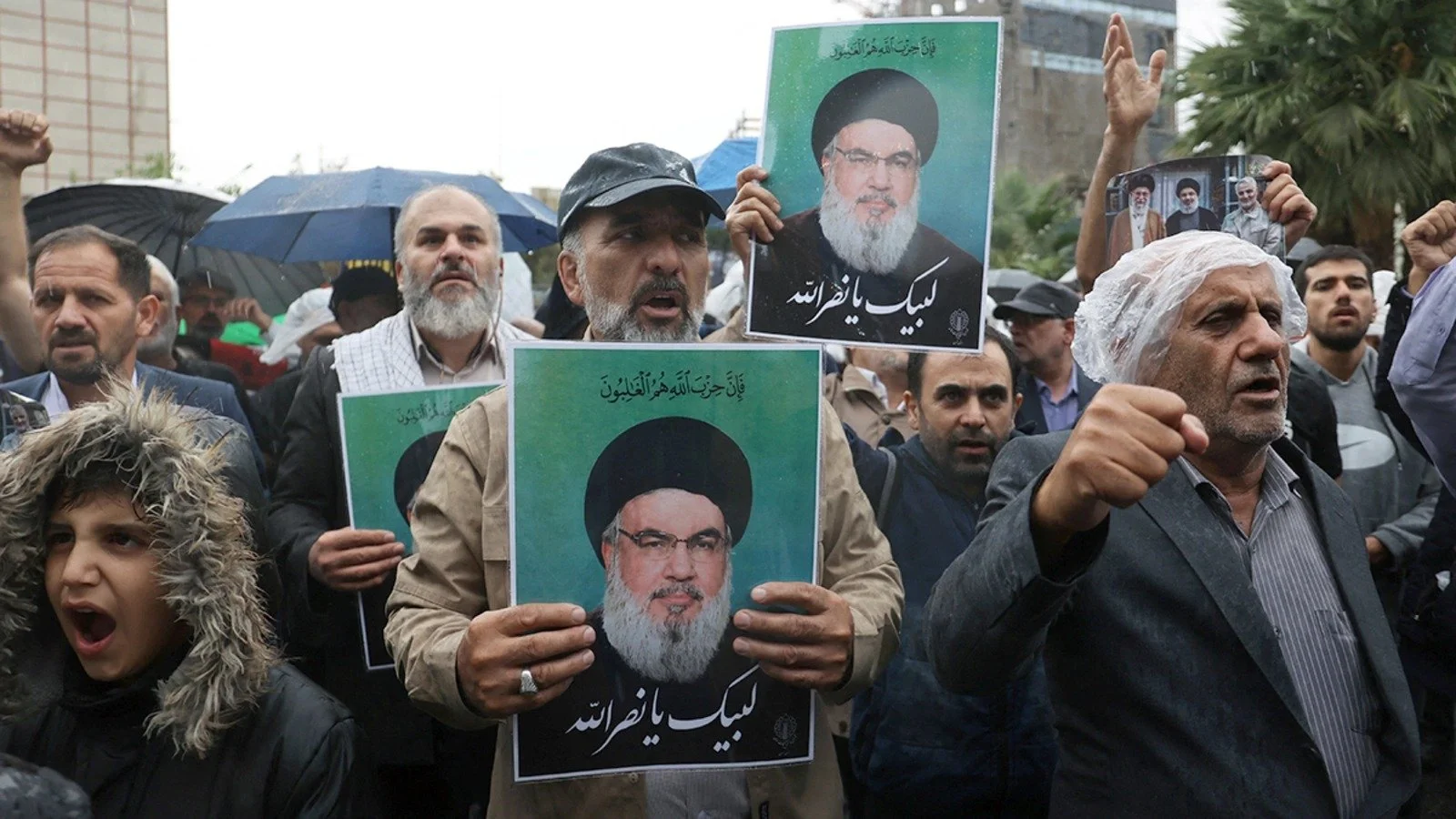The Nasrallah Killing Is a Crushing Blow to Hezbollah
AUTHOR: BRUCE HOFFMAN
Originally published on The Council on Foreign Relations on 28 September 2024
How much of a setback to Hezbollah is the Nasrallah killing?
It is a huge, potential game-changer. Nasrallah’s death is a crushing blow: one that follows on the heels of the systematic elimination by Israel of most of Hezbollah’s military leadership. In recent weeks, Israel has killed Fuad Shukr, head of Hezbollah’s strategic division and the movement’s most senior military authority; Ibrahim Aqil, the group’s operational chief who was responsible for Hezbollah’s elite Radwan unit as well as that unit’s commander, Wissam al-Tawil; and over a dozen other senior commanders. Yet another senior commander, Ali Karaki, responsible for the group’s southern front adjoining Israel, was reportedly killed along with Nasrallah. Coupled with Israel’s sabotage detonation of thousands of pagers and walkie-talkies used by Hezbollah for the communication of orders and important instructions, the group has likely been rendered operationally inert—at least for the foreseeable future.
Indeed, there are no clear successors to Nasrallah given his unique and unrivalled stature at the top of the movement. Sayed Naim Qassem, Nasrallah’s long-serving deputy, is a less well known outside of Lebanon and is arguably best known within Hezbollah for once having headed its religious education department. Qassem therefore arguably lacks Nasrallah’s military and strategic acumen and his political savvy. The only senior Hezbollah officers of any standing still alive is the mostly unknown Abu Ali Rida, the commander of its elite Bader unit.
Hezbollah retains its arsenal of an estimated 150,000 rockets and missiles—a figure thought to be ten times the number it possessed during the 2006 Second Lebanon War with Israel. Nasrallah once claimed that Hezbollah had upwards of 100,000 fighters, but in 2022 the Institute for Strategic Studies estimated that the group’s fighting strength in reality was about a fifth of that number. Regardless, with its leadership effectively decapitated and its communications compromised and its penetration by Israeli intelligence having made both possible, Hezbollah for the time being will have trouble mobilizing to engage in any kind of effective and sustained combat with Israel.
How influential was Nasrallah in Lebanon and the region?
For over three decades, Nasrallah was the preeminent figure in both Lebanese and regional politics. During the thirty-two years he served as Hezbollah’s leader, he engineered the organization’s remarkable evolution from terrorist group to resistance movement to Lebanon’s—and indeed the Levant’s—most formidable political and military force.
Nasrallah was able to achieve this transformation because of his unquestioned charisma as a powerful orator, his immense organizational skills, his vision, humility, and piety. And, unlike many terrorist leaders who send other people’s sons to die, Nasrallah himself paid that ultimate price when his 18-year-old son, Hadi, fell in battle against Israel in 1997.
Among Nasrallah’s most important achievements was enmeshing Israel in an enervating war that in May 2000 prompted the unilateral withdrawal of Israeli forces from south Lebanon, ending its 18-year-long occupation. Thereafter, Hezbollah effectively supplanted the Lebanese Army as the country’s only truly effective military force. Moreover, Nasrallah’s commanding authority and popularity among most Lebanese—Sunni, Christian, and Shi’a alike—was cemented.
Nasrallah further oversaw Hezbollah’s metamorphosis into a highly effective social welfare entity building and staffing hospitals, clinics, and schools as well as agricultural centers and other training facilities thereby providing a range of social services that surpassed the capabilities of the actual Lebanese government. Hezbollah thus became a “state within a state” and after 2005 became the most influential political entity in Lebanon.
How does this affect Iran’s ability to threaten Israel and project power in the region?
Iran has in essence sat by and watched its most important and most powerful proxy in the region be degraded, attritted, and humiliated by Israel. The loss of Iran’s own political leader earlier this year alongside its systemic conventional military weakness—and therefore its longstanding need to rely on proxies like Hezbollah, Hamas, and the Yemen-based Houthis—suggests that Iran has little ability to seriously threaten Israel. Last April’s feeble missile attack on Israel clearly showed that.
As for Syria, its decade-plus-long civil war has denuded the Bashar Assad regime of the influence and power projection capabilities it once was able to wield, whether in Lebanon or against Israel. Assad is preoccupied with simply remaining in power and has neither the ability nor interest in fighting Hezbollah’s battles for it. Especially against Israel, as last week’s non-response to the highly successful Israel Defense Forces (IDF) commando operation against a clandestine, underground missile-factory demonstrated.
Is there a likelihood of further escalation of fighting in the region or does substantial weakening of Hamas and Hezbollah in past year make that less likely?
Given the past year of violence, upheaval, chaos, and geo-strategic and political disarray throughout the region, it is difficult to predict what the outcome and longer-term implications of Nasrallah’s assassination will be. What is safe to say is that the military and political landscape in that part of the world has changed profoundly and with that the military and political calculations about the region’s future. Israel has clearly regained the deterrent capability it lost so dramatically on October 7, 2023. Its intelligence services, tainted by that unparalleled tragedy, have regained their reputation for tactical and strategic acuity and perceived omniscience. And, the IDF has reacquired its storied ability to act decisively on intelligence and close the operational loop linking collection, analysis and tasking with the application of overwhelming kinetic power.
Finally, a good outcome for Israel will be if Nasrallah’s killing, together with its systemic degrading of Hezbollah’s leadership and command and control capabilities, enables Prime Minister Benjamin Netanyahu to avoid having to launch a potentially protracted and debilitating ground offensive in Lebanon. In addition to saving civilian lives and further damaging Lebanon’s already-fragile economy and infrastructure as well as incurring more international opprobrium, Netanyahu would, critically, also avoid likely IDF casualties and escape another potential military quagmire.

